As the construction industry faces mounting pressure to meet the UK’s Net Zero targets, timber is emerging as a game-changing solution. However, its successful adoption depends on architects embracing timber-specific design principles, fostering early collaboration, and closing skills gaps. With support from initiatives like STA Assure and the TiC Policy Roadmap, architects can lead the way in delivering sustainable, efficient, and commercially viable buildings
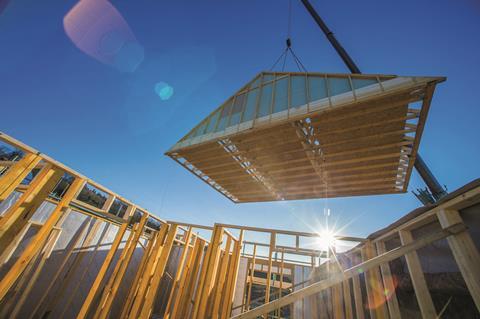
The construction industry is at a critical juncture in its drive towards sustainability. Timber has emerged as a key material for achieving the UK’s Net Zero targets, but its successful adoption hinges on competency, skills, and informed design approaches. Architects play a pivotal role in this transition, and as demand for sustainable solutions grows, so does the need for expertise in structural timber.
The Timber in Construction (TiC) Policy Roadmap has highlighted the importance of developing skills and competency across the construction supply chain. To achieve widespread adoption of timber, architects and designers must go beyond simply substituting materials and instead integrate timber-specific design principles.
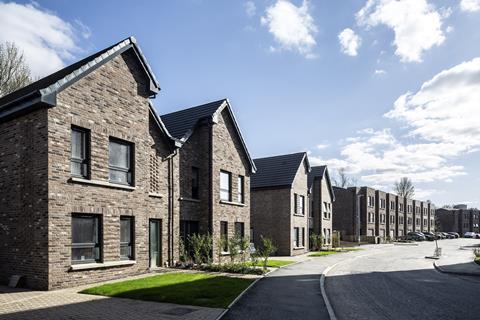
The role of architects in timber construction
Structural timber offers exceptional benefits, including a lower carbon footprint, improved thermal performance, and design flexibility. However, successful timber construction requires a fundamental shift in design thinking; it must be considered holistically from the early design stages to maximize efficiency, safety, and sustainability.
Architects must ensure:
- Early collaboration with engineers, clients, and contractors to align on best practices.
- Understanding of different timber systems, including CLT (cross-laminated timber), glulam, and timber frame.
- Compliance with fire safety, durability, and acoustic performance regulations.
- Integration of offsite manufacturing principles to leverage timber’s full potential in modern construction.
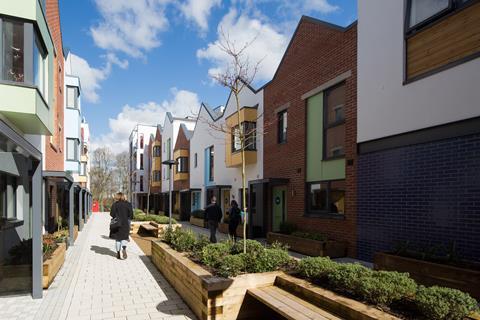
Addressing skills and competency gaps
A well-trained workforce is essential for achieving high-quality timber construction. The TiC Policy Roadmap has identified the need to upskill the industry, attract new talent, and ensure existing professionals receive adequate training. Currently, the sector faces key challenges, including:
- Limited formal education on timber construction in architectural programs.
- A need for greater CPD (Continuing Professional Development) initiatives focused on timber engineering and whole-life carbon considerations.
- A shortage of skilled tradespeople trained to install timber systems correctly.
To bridge these gaps, industry bodies such as the Structural Timber Association (STA) are playing a crucial role in providing resources, training, and accreditation schemes.
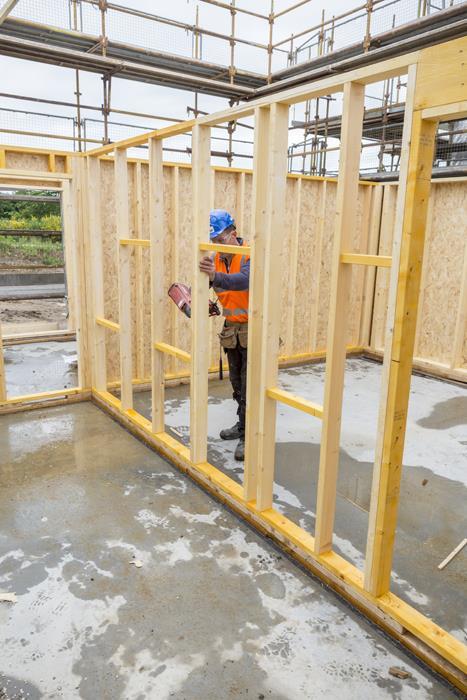
STA Assure: A framework for quality and competency
One of the biggest concerns when specifying structural timber is ensuring safety, regulatory compliance, and quality assurance. The STA Assure programme addresses these issues by setting rigorous competency and auditing standards.
This initiative provides architects with confidence in their timber specification by ensuring member organisations meet and exceed legislation through independent audits. Additionally, it also offers technical support, fire safety guidance, and tested manufacturer-led solutions to facilitate compliance with regulations.
According to Matt Hoad, Associate Partner at HTA Design LLP, “The STA has brought together timber frame manufacturing to support architects with high-performance and innovative timber-based systems for low-carbon sustainable construction. Their manufacturer-led, tested solutions form part of their wider technical support essential for designers to meet tighter regulatory requirements. It is reassuring to have the STA Assure accreditation that ensures you are working with qualified and competent professionals.”
With timber increasingly being recognised by warranty providers, insurers, and government bodies, having access to quality assurance schemes like STA Assure is becoming essential for designers who want to mitigate risk while delivering sustainable, high-performing buildings.
The commercial viability of structural timber
Timber’s advantages go far beyond its environmental benefits, with time efficiency of timber construction being a key benefit. Take housing for example, timber-framed homes can be built in as little as 15 weeks, compared to the 26-30 weeks typical for masonry or concrete methods. This time-saving translates into significant cost benefits, reduced project risks, and greater certainty for housebuilders—a crucial factor in an industry that values efficiency and predictability.
Additional benefits of timber systems for all projects include reduced waste, minimal landfill contributions, and fewer weather-dependent delays. Offsite manufacturing’s “just-in-time” approach enhances project management, enabling shorter build times and lower costs. These operational efficiencies make timber a commercially attractive option, especially in affordable housing and high-volume projects.
With strong supply chains, eager manufacturers, and increasing market acceptance, timber is poised for growth. The STA’s guidance ensures businesses can navigate this transition with confidence, highlighting timber’s commercial viability and its potential to transform UK construction.
The future of timber design: next steps for architects
To ensure the continued growth of structural timber in the built environment, architects should take proactive steps in enhancing their competency and skills:
- Engage in timber-specific CPD training: Staying up to date with timber design principles, fire safety, and lifecycle analysis will ensure architects remain ahead of regulatory changes.
- Utilise technical resources from industry bodies: The STA provides extensive guides, pattern books, and fire safety frameworks to support architects in their timber design journey.
- Encourage early-stage collaboration: Working closely with engineers, contractors, and manufacturers during the design phase ensures better integration of timber systems, reducing risk and maximising performance.
The UK’s sustainability goals depend on the widespread adoption of structural timber, but this transition requires architects to build confidence in their competency and skillset. By embracing best practices, leveraging industry support, and committing to continuous learning, architects can lead the charge in designing buildings that are not only sustainable but also safe, efficient, and future-ready.
With initiatives like STA Assure and the TiC Policy Roadmap, the industry is well-positioned to drive the next generation of timber construction—one that prioritises quality, resilience, and innovation.
For more information please visit STA Assure.


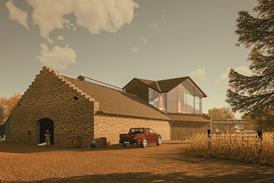
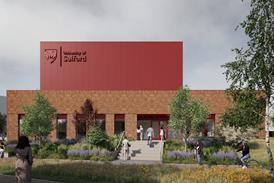
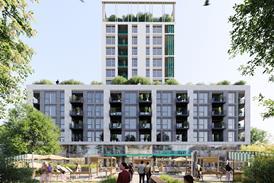
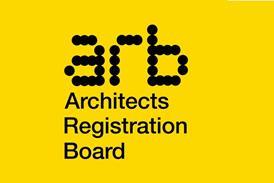


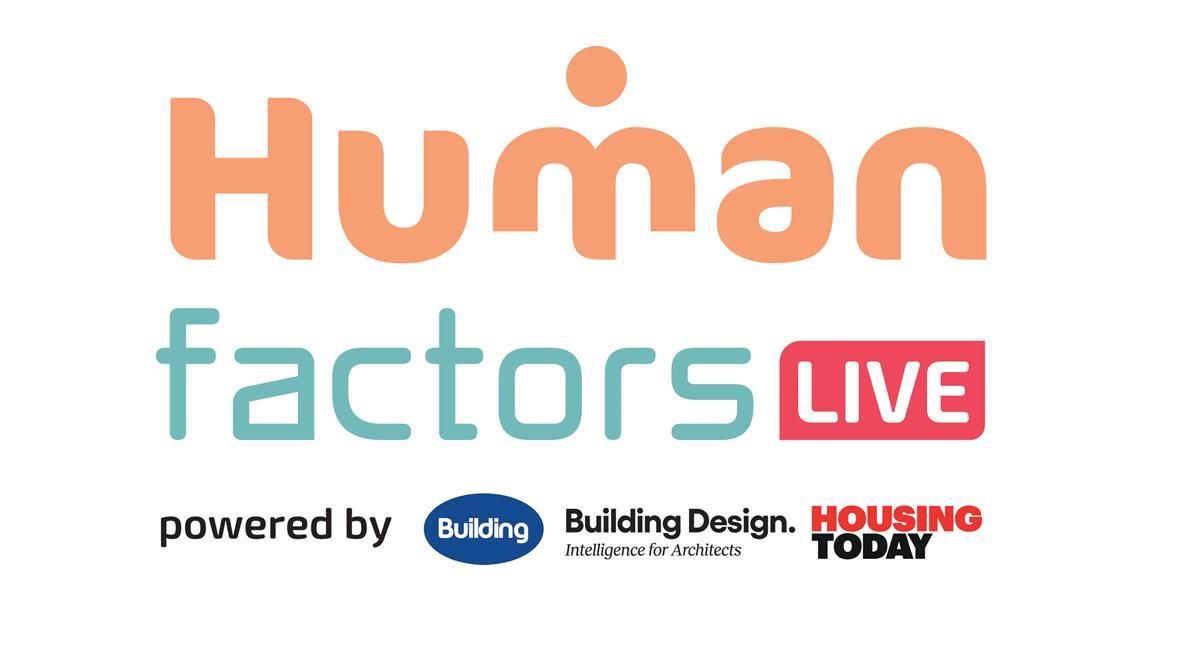
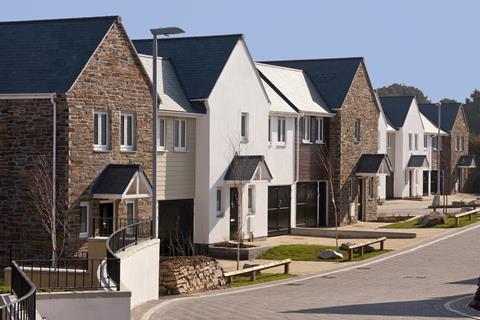
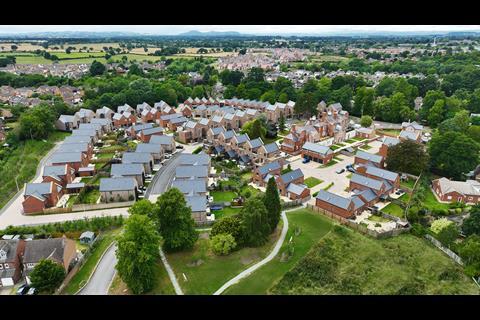
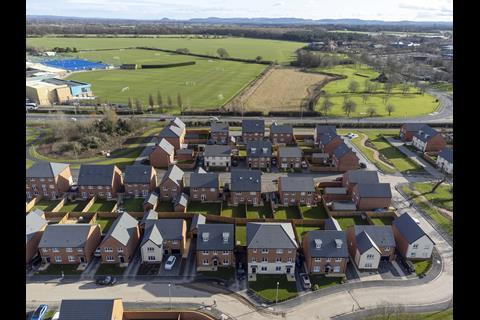
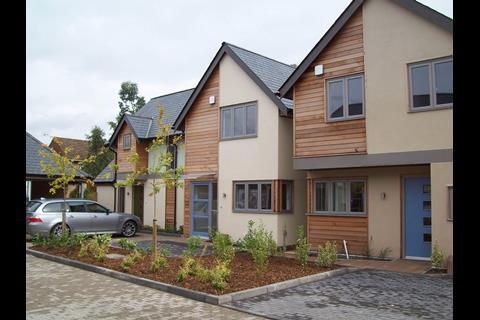
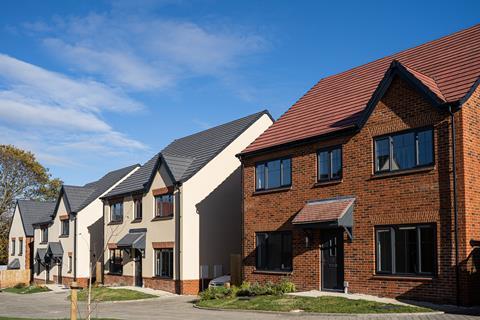
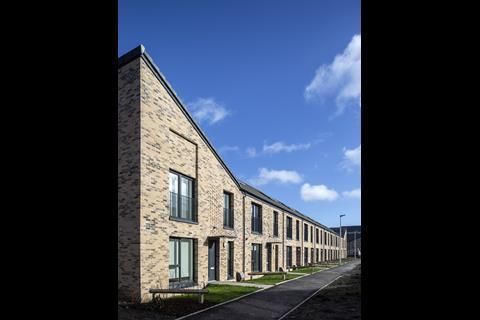
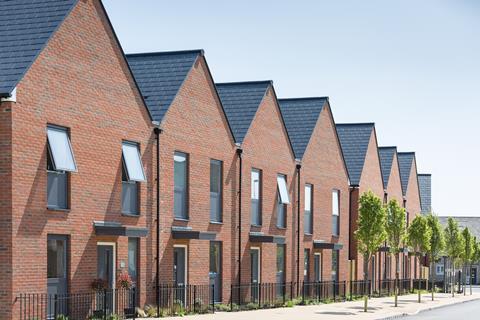






![Ashton Sixth Form College - EQUITONE [tectiva]](https://d3rcx32iafnn0o.cloudfront.net/Pictures/100x67/3/6/4/1996364_ashtonsixthformcollegeequitonetectiva_882316.jpg)